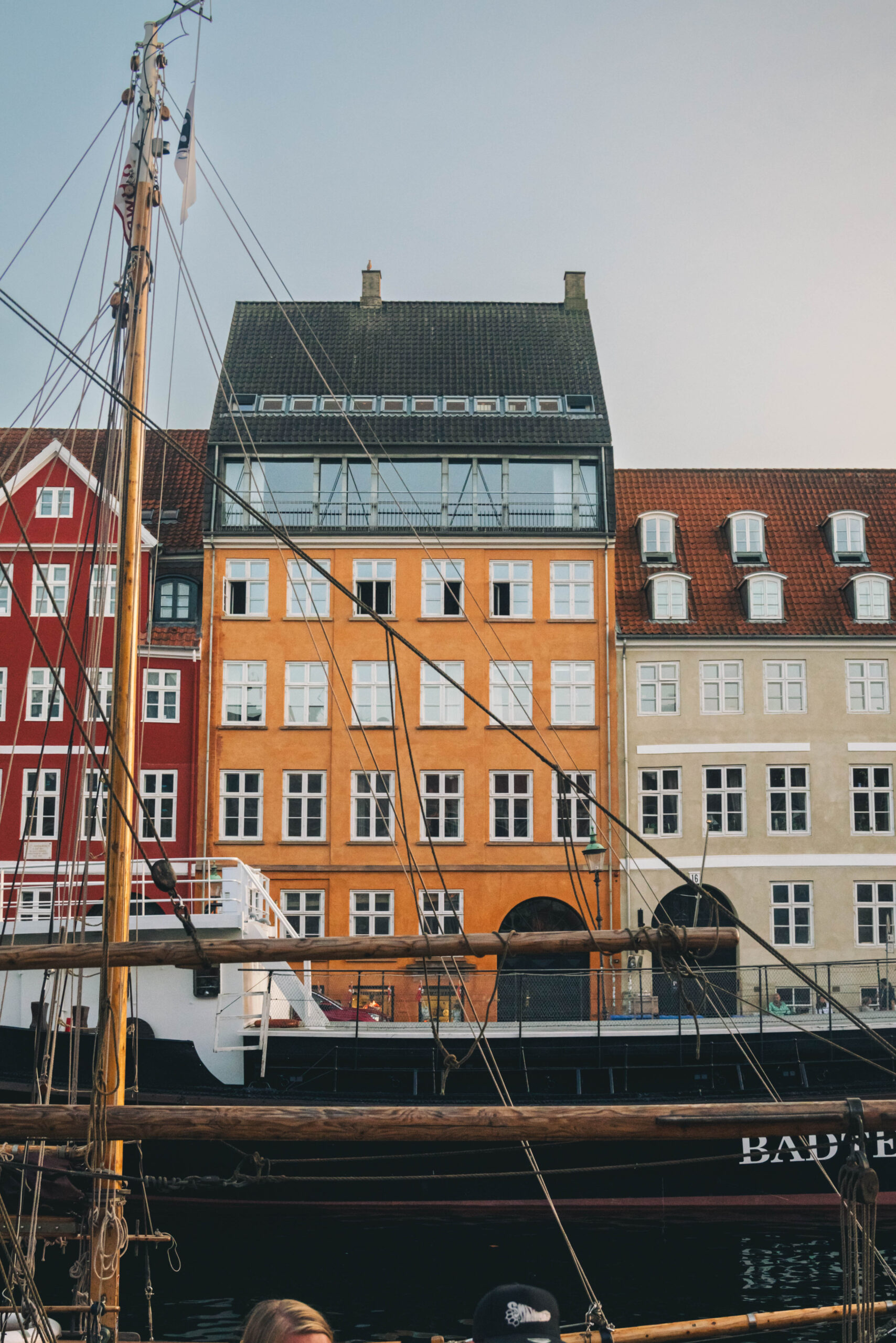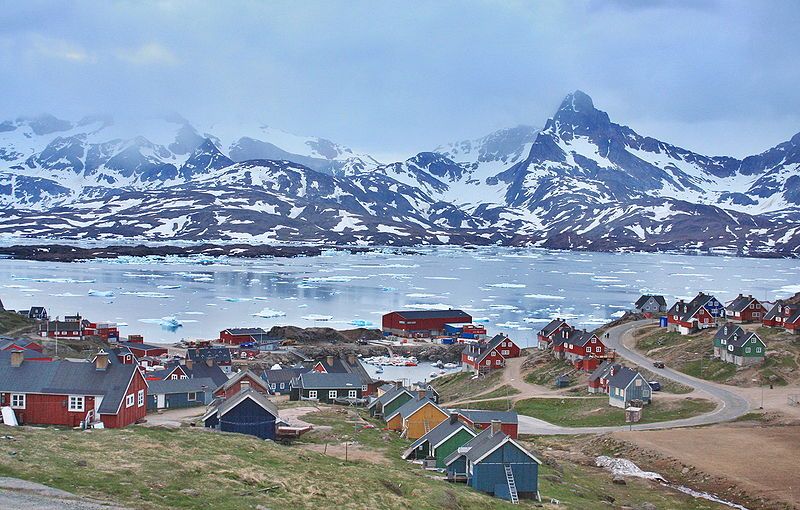The government is set to invest 27.5 billion kroner into an infrastructure plan to improve public transport.
Prime Minister Helle Thorning-Schmidt (Socialdemokraterne) said in a press conference today that the government will establish an infrastructure fund called Togfonden (The Train Fund) as part of their plan to improve train connections between Denmark's major cities.
The funds are expected to come from greater taxation of oil companies outside the oil association, Dansk Undergrundsconsortium (DUC), that are drilling in the North Sea.
"The plan will make Denmark greener, better connect the country and provide better infrastructure,” Thorning-Schmidt said during the press conference. “The 27.5 billion kroner will be obtained from the oil industry, which has long enjoyed advantageous terms when drilling for oil. All of Denmark should benefit from the oil industry in the North Sea.”
 DONG Energy looks to be among the energy companies that will face heavier taxation while oil companies such as Maersk, Shell and Chevron, all part of DUC, will be exempt thanks to a recent decision to keep the North Sea oil excavation deal unchanged until the year 2043.
DONG Energy looks to be among the energy companies that will face heavier taxation while oil companies such as Maersk, Shell and Chevron, all part of DUC, will be exempt thanks to a recent decision to keep the North Sea oil excavation deal unchanged until the year 2043.
The energy minister, Martin Lidegaard (Radikale), said that DONG would likely be contributing about 25 percent of the funds garnered from the oil industry.
According to Thorning-Schmidt, the oil money would begin to trickle in from 2017 and the infrastructure investments would not be made until the money is there.
The rail investment will be the largest in Danish history and will feature the 'hour model', meaning that the travel time from Copenhagen to Odense will be an hour, as will the travel time from Odense to Aarhus, and Aarhus to Aalborg.
Furthermore, train lines to Struer and Frederikshavn in Jutland are expected to go electric, and there are also plans to construct a tunnel under the Vejle Fjord Bridge.
The lack of an electrical railway network has meant that national rail operators, DSB, have been forced to run with the notorious IC4 trains and polluting diesel trains. The IC4 trains will continue to be in use until the electrification is completed over the next 15 years.
The plan must be approved by parliament first, but there already seems to be widespread political backing and opposition party Venstre has campaigned for better infrastructure in the past.
“It is positive that the government wants to invest in infrastructure. It is much needed and we are pleased about the plans,” Kristian Pihl Lorentzen, a spokesperson for Venstre, told Ritzau news service. “But it is negative that they only invest in public transport. They need to invest in the roads as well.”
And while left-wing party Enhedslisten was sceptical over the government’s decision to shield the DUC, spokesperson Frank Aaen said that increasing taxes on the remaining oil companies was a good way to bring in funds for improving infrastructure.
“We naturally believe that it is a good idea to tax the oil business harder and using the money for the collective traffic is something we can be part of,” Aaen told Berlingske newspaper. “We are ready to commence negotiations.”
Factfile | Infrastructure investment:
Where the 27.5 billion kroner is going:
- 5.4 billion kroner to a new railway system across Funen
- 4.0 billion kroner for a new bridge across Vejle Fjord
- 3.4 billion kroner for a new railroad station in Aarhus
- 5.0 billion kroner for the electrification of parts of the railways system
- 1.2 billion kroner to improve the railways between Roskilde and Kalundborg
- 1.0 billion kroner to improve the railways between Aalborg and Frederikshavn
- 4.9 billion kroner for the 'hour model' and other initiatives











